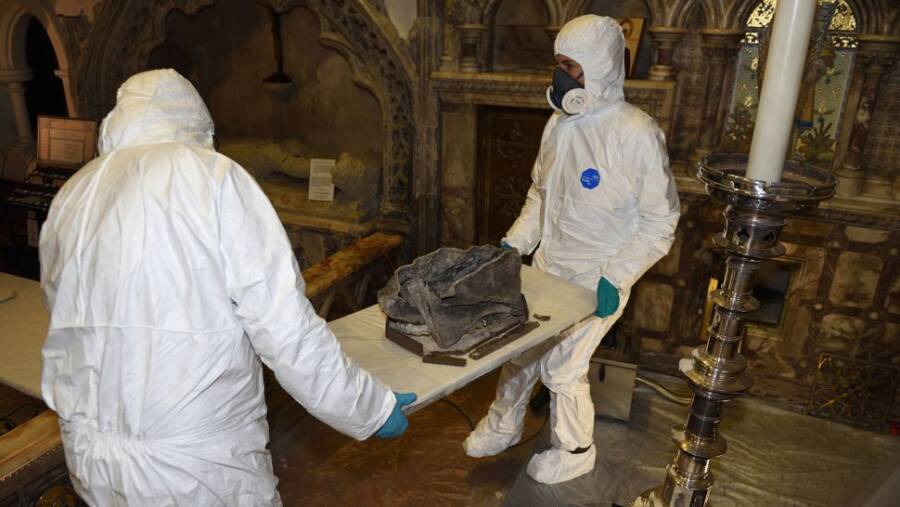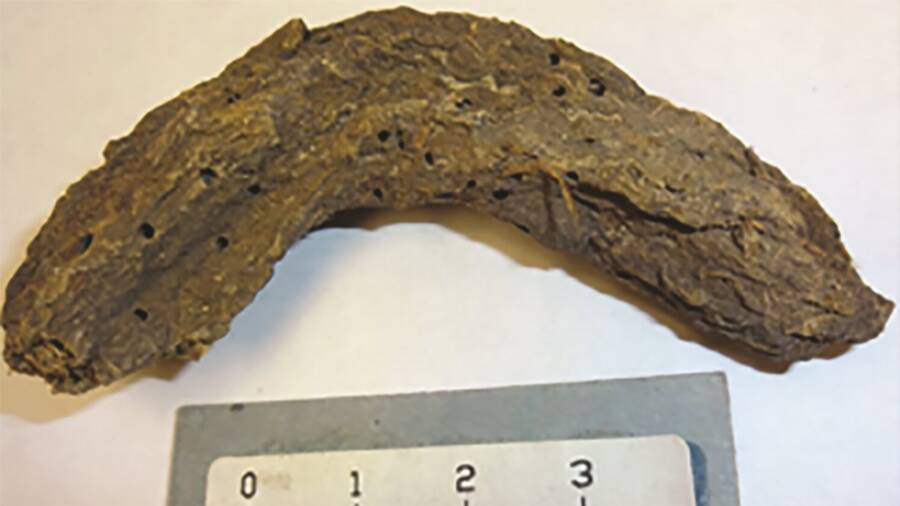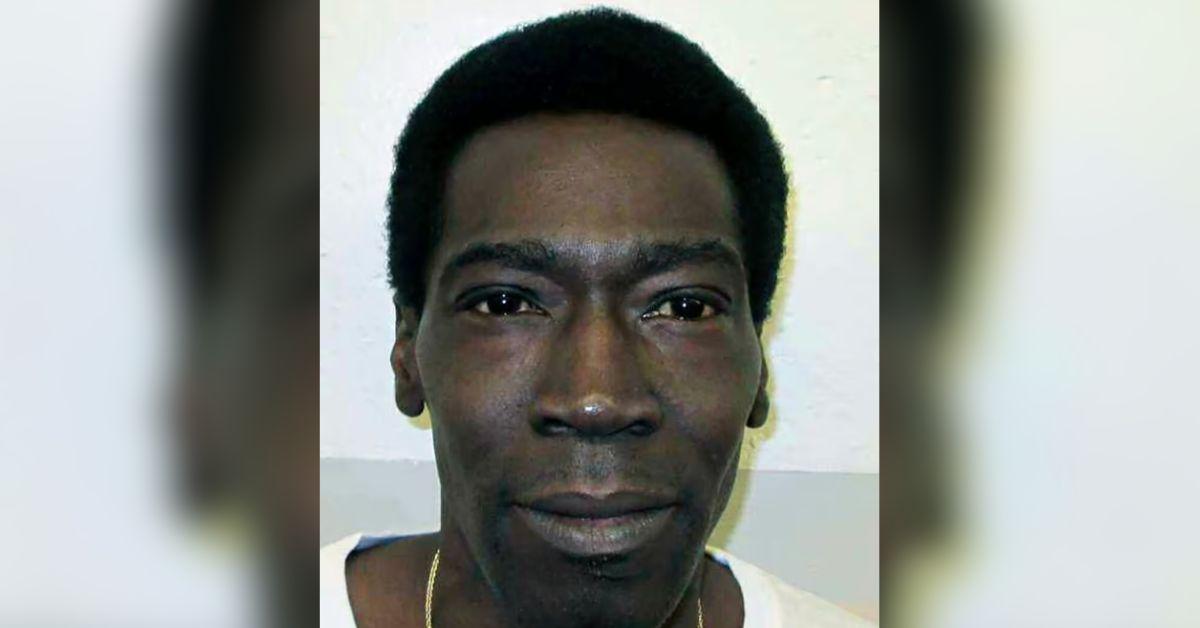Mystery Unveiled: Ancient Remains in English Church Confirmed as 7th-Century Female Saint’s—What Secrets Do They Hold?
“But in this case, her bones were concealed in a lead container in the wall beneath her shrine. When this was discovered by workmen in June 1885, it was immediately thought the remains might be hers.”
For Richardson, bone analysis, radiocarbon dating, and the historic records are certainly indicators enough that the remains belonged to Saint Eanswythe. On the other hand, he believes the simple burial place is sufficient to wager a strong guess.
“It is actually quite hard to see a more plausible reason why a young woman who died in the mid-seventh century was found concealed in the wall of a 12th-century church, below what was probably the location of St. Eanswythe’s medieval shrine,” he said.
As it stands, researchers plan on more rigorous testing of the bones including genetic analysis, as well as an analysis of the atomic elements within. This will not only give officials more information, but also help them assess how these remains should be preserved and displayed — if at all.
After learning about the bones discovered behind a church wall belonging to one of England’s earliest saints, read about the bones of St. Peter being found in a thousand-year-old church. Then, learn about researchers finding the oldest-ever bracelet alongside an extinct human species.


















